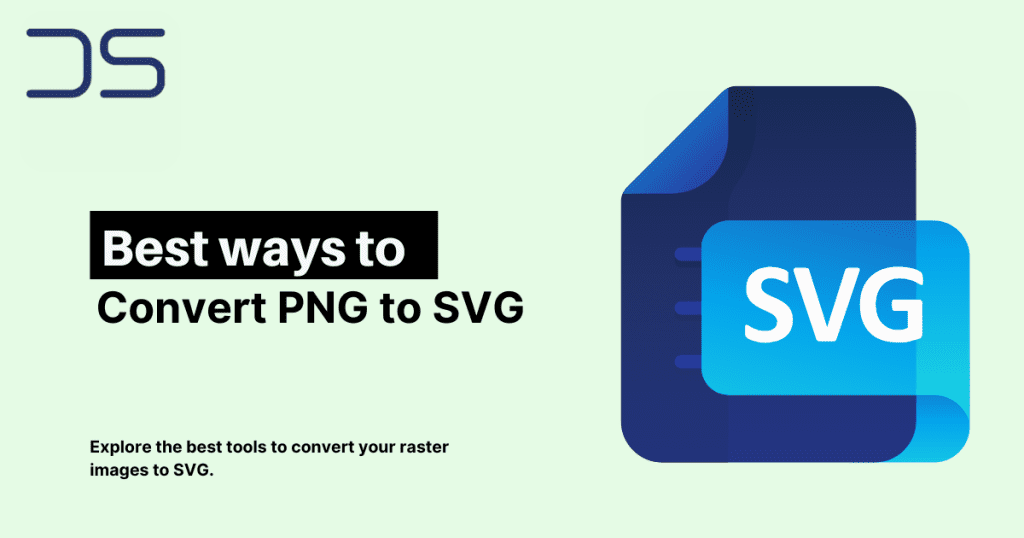Sublimation printing is one of the most popular methods for creating custom designs on various products. Whether you’re a beginner or looking to expand your craft, understanding the basics of sublimation can help you achieve amazing results. In this guide, we’ll break down the essential things you need to know to get started with sublimation printing.
What is Sublimation Printing?
Sublimation printing is a process where heat is applied to a solid dye, turning it into gas without passing through a liquid phase. This gas then bonds with polyester fibers or polymer-coated surfaces, creating vibrant, long-lasting designs. Unlike traditional printing, sublimation produces rich, full-color images that are embedded into the material itself.
What You Need to Start Sublimation
- Sublimation Printer
To begin, you’ll need a printer that can handle sublimation inks. Sublimation printers are specifically designed to transfer dye-based inks onto substrates. When selecting a printer, make sure it’s compatible with sublimation inks, as standard inkjet printers will not work for this process. - Sublimation Inks
Sublimation inks are unique because they turn into a gas when heated. These inks are typically sold in cartridges or refillable bottles and are available for various printer models. - Sublimation Paper
The sublimation paper holds the printed design until heat presses it onto the substrate. Be sure to choose a high-quality sublimation paper for crisp, vibrant results. - Heat Press Machine
A heat press machine is essential for transferring your design onto the product. Heat presses come in various types: clamshell, swing-away, and combo presses. The type of press you choose will depend on the size and type of items you plan to sublimate. - Sublimation Blanks
Sublimation works best with materials like polyester fabrics and polymer-coated items. Common sublimation blanks include t-shirts, mugs, phone cases, and more. For a deeper dive into the best blanks to use, check out our guide on Best Sublimation Blanks: What You Need to Know Before Buying.
Step-by-Step Guide to Sublimation
- Design Creation
Start by creating your design using design software like Adobe Illustrator, Photoshop, or even free software like GIMP. Make sure your design is in the correct color profile (usually CMYK) and the right resolution for printing. - Print Your Design
Once your design is ready, print it onto sublimation paper using your sublimation printer. Make sure to mirror the image before printing to ensure it transfers correctly onto your item. - Prepare Your Item
Place your sublimation blank on the heat press machine. For fabrics, make sure to pre-press the material for a few seconds to remove wrinkles and moisture, which could affect the transfer quality. - Heat Pressing
Place the printed sublimation paper onto your item and press it using the heat press machine. Follow the recommended temperature, time, and pressure settings for your material. - Cooling and Unwrapping
After the transfer is done, remove the item from the press and let it cool. Once cool, carefully remove the sublimation paper, revealing your vibrant, high-quality design.
Common Mistakes to Avoid When Starting with Sublimation
- Using the Wrong Materials
Sublimation only works on polyester or polymer-coated items. Using cotton or non-coated materials will result in poor print quality. Be sure to choose the correct blanks, such as those found in our Best Sublimation Blanks guide. - Incorrect Printer Settings
Always check your printer settings to ensure they are optimized for sublimation printing. This includes ensuring you are using sublimation inks and the correct paper type. - Skipping Pre-Pressing
Always pre-press your items before transferring designs. Failing to do so can result in uneven transfers, particularly with fabrics.
Conclusion
Sublimation printing is a rewarding and creative process, and with the right tools and techniques, you can create stunning designs that will last for years. Whether you’re making custom t-shirts, mugs, or phone cases, the possibilities are endless. Make sure to follow the steps outlined in this guide to get started and check out our related articles to enhance your sublimation knowledge and skills.



